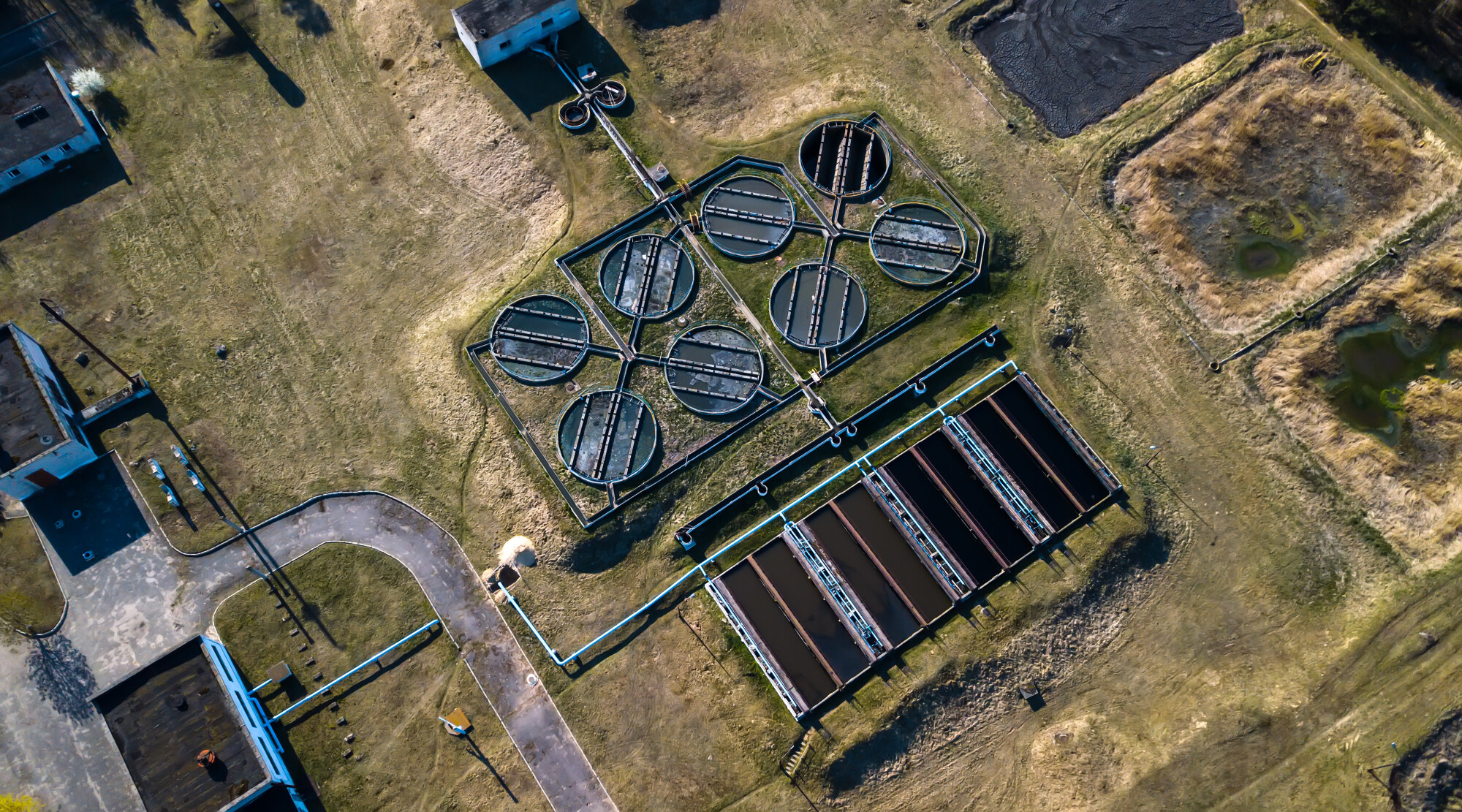
Let’s face it, waste water is not the most pleasant topic to think about. However, the importance of properly treating and managing our wastewater cannot be ignored.
From protecting public health to preserving natural resources, effective waste water treatment processes play a crucial role in ensuring a sustainable future for our planet.
In this blog post, we’ll explore some of the most innovative and efficient ways to treat waste water that are making waves in the industry today!
Physical Treatment of Wastewater
Methods of physical wastewater treatment include:
- Screening
- Sedimentation
- Flotation
- Filtration
Screening is the process of removing large objects from the wastewater, such as rags or sticks. This step is important to prevent clogging of the other treatment methods.
Sedimentation is the process of allowing heavy particles to settle out of the water. This process can be enhanced by adding chemicals that cause the particles to clump together.
Flotation is the process of using air bubbles to lift oil and grease to the surface of the water where it can be skimmed off. Filtration is the process of passing water through a medium, such as sand, that will remove smaller particles from the water.
Chemical Treatment of Wastewater
The most common chemicals used in wastewater treatment are chlorine, chloramine, and ozone. Chlorine is the most commonly used chemical in wastewater treatment. It is effective at killing bacteria and other microorganisms.
This makes it ideal for disinfection purposes. However, chlorine can also be harmful to human health if ingested in high concentrations. As such, it is important to carefully control the amount of chlorine added to water during treatment.
Chloramine is a compound of chlorine and ammonia that is often used as an alternative to chlorine. Chloramine is less effective than chlorine at killing bacteria. But, it does not pose the same health risks as chlorine if ingested in high concentrations.
Ozone is another common chemical used in wastewater treatment. It is highly effective at killing bacteria and other microorganisms, but it can also be corrosive to some materials.
Biological Treatment of Wastewater
Activated sludge, which uses bacteria and other microorganisms to break down organic matter in wastewater, is the most common type of biological treatment.
Trickling filters are a type of biological treatment. As water trickles through a bed of gravel or other material, bacteria break down the pollution in the water.
It also includes Anaerobic digestion, which uses bacteria to break down biodegradable material in the absence of oxygen. For more guidance on how waste water treatment work, make sure to check out DAF water treatment. Practice proper waste water management solutions today!
Explore Effective Waste Water Treatment Methods Today
Wastewater treatment is a crucial process. It can help protect the environment and prevent illnesses. We hope this article has provided you with an understanding of how wastewater is treated, the different methods available, and their benefits.
With these effective waste water treatment methods, we are sure to see more clean rivers and lakes in the future. So let’s all do our part in making sure that everyone has access to safe drinking water by investing in proper wastewater management!
Did you find this article helpful? Check out the rest of our blogs!





